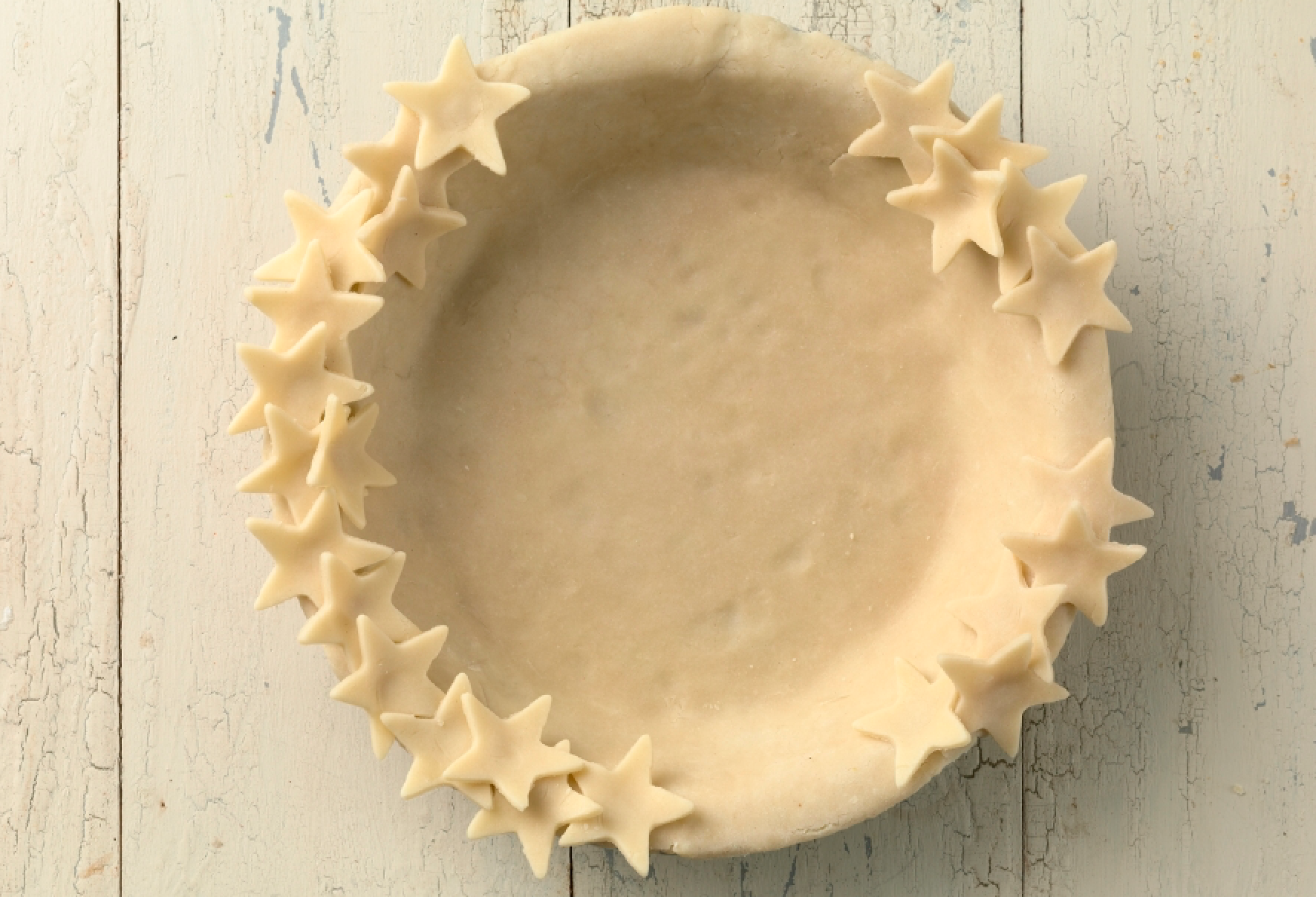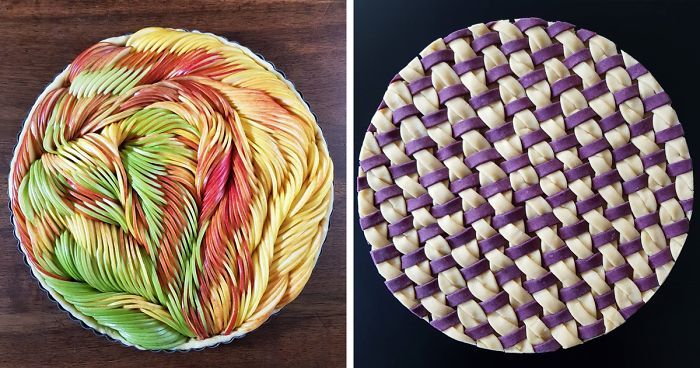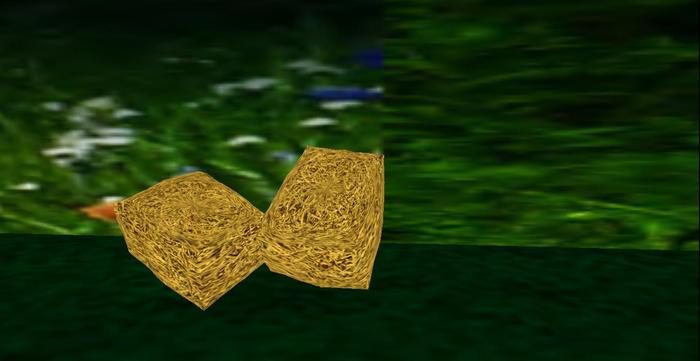Does Pie Crust Decoration Expand When Baked?

When baking, you might have noticed that your pie crust behaves in unexpected ways. One of the most common questions people have about pie crust decoration is whether these details will expand or alter during the baking process. Understanding this can help you plan your designs more effectively, ensuring the final look of your pie matches your vision.
What Happens to Pie Crust During Baking?

Before diving into the specifics of pies crust decoration, let’s understand the science behind baking pie crusts. Here’s what happens:
- Heat Exposure: When pie dough is placed in the oven, the heat causes the water in the dough to evaporate. This evaporation creates steam.
- Steam Power: The steam inside the dough pushes against the gluten network, causing the pie crust to rise or puff up.
- Gluten Structure: Gluten is a protein in the dough that provides structure, elasticity, and the ability to trap the steam, which in turn affects how much the crust rises.
With the fundamentals in mind, let’s explore how this affects your pie crust decoration.
Does Pie Crust Decoration Expand?

The answer isn’t a simple yes or no because several factors are at play:
- Type of Crust: Different recipes yield different results. A crust with higher fat content, like a rich shortcrust or pâte brisée, will be less likely to expand significantly due to less water content, which means less steam. Conversely, a crust with more water (and thus more gluten) will puff up more.
- Decoration Techniques:
- Lattice Tops: Lattice strips might expand slightly but tend to maintain their shape due to the perpendicular pattern that supports each other.
- Cutouts: Intricate cutouts can puff up, but their thinness might not allow for significant expansion.
- Crimped Edges: Decorative edges can expand slightly as the pie bakes, but their shape usually holds well.
- Overlays: If you add additional layers of dough on top of the pie, these might puff up more since they can trap steam within the layered structure.
- Steam Vents: Creating vents in your top crust allows steam to escape, reducing the puffiness of the overall pie and, by extension, the decorations.
Steps to Minimize Expansion

Here are some steps you can take to ensure your decorations stay as intended:
- Chill the Dough: Ensure your pie dough is well-chilled before baking. Cold dough has less tendency to spread or expand because the fat remains firm for longer, delaying the melting process.
- Docking: Prick the surface of the crust with a fork. This is known as docking, and it provides small escape routes for steam, helping to control puffing.
- Use Egg Wash: Brush your decorations with an egg wash to create a protective layer, which helps them hold their shape.
- Pie Weights: If blind baking a bottom crust, use pie weights or dried beans to weigh it down, preventing expansion even before adding the filling.
- Vents and Slits: If your pie has a top crust, ensure there are enough vents or slits to release steam.
Designing for Expansion

Here are a few tips to incorporate into your pie crust decoration strategy to account for potential expansion:
- Thickness Consistency: Roll out the dough to a consistent thickness. Thicker areas will puff more.
- Plan for Change: Make your decorations a bit smaller than you want them to be in the finished pie, anticipating some expansion.
- Simplicity: Simpler designs often hold up better during baking, especially if you’re looking to maintain intricate details.
⚠️ Note: Overworking your dough or using too much water can lead to excessive expansion due to increased gluten development.
When it comes to the final bake, monitoring and adjusting your pie can help manage how the crust decorates:
- Heat Control: Baking at high heat initially can help set the dough quickly, reducing expansion.
- Parchment and Foil: If parts of your pie are browning too quickly, cover with parchment paper or foil to prevent overcooking or burning while allowing the decorations to set.
After successfully navigating the expansion of your pie crust decoration, it's worth mentioning that experimentation is key. Each pie and oven combination can yield different results, so it's good to:
- Learn from your past bakes.
- Adapt your approach for future pies.
As we wrap up our exploration of pie crust decoration and expansion, remember that baking is as much an art as it is a science. The charm of home baking often lies in the unexpected twists and turns in the final presentation. Your creations, no matter how they expand, are a testament to the time, care, and creativity you invest in your baking. With this knowledge, you're well-equipped to design and bake pies where both the flavor and the presentation leave a lasting impression.
Why does my pie crust expand during baking?

+
Expansion occurs due to the steam created from the water in the dough when it’s exposed to heat. The steam pushes against the gluten structure, causing the crust to puff up or expand.
Can I prevent pie crust expansion?

+
While you can’t completely eliminate expansion, you can minimize it by chilling the dough, docking the surface, using egg wash, pie weights, and ensuring there are vents for steam escape.
How can I make sure my pie decorations stay intact?

+
Make your decorations smaller than intended, use an egg wash to help them keep shape, and select simpler designs that are less likely to lose detail when expanding.
Does the thickness of the dough affect pie crust expansion?

+
Yes, thicker areas of dough will puff up more due to the increased amount of steam trapped within them.
Should I adjust my baking technique for different types of pie crust?

+
Yes, adjusting your baking approach based on the crust type (e.g., shortcrust, pâte brisée) can help manage how much your pie decorations expand.



